Going Agentic: The battle for checkouts (and the future of digital advertising) begins
OpenAI have made the first move into making ChatGPT ecommerce platform. Edmund Hardy thinks that what happens next will change digital marketing
It’s actually happening: OpenAI have launched instant checkouts in ChatGPT in the US. It is now live for Etsy purchases, with a rollout to Shopify merchants very soon - and advertisers can set up their own Agentic Commerce Protocol checkouts (developed by OpenAI with Stripe) and apply for instant cart status in ChatGPT to go live imminently.
The combination of Shopify and ChatGPT promises to be a very powerful one - the rise of Shopify being a huge shift for ecommerce as ChatGPT has started to be for the nature of search.
Instant checkouts within display and Google Shopping have been around for a long time - but Google had no incentive to push adoption, as the click was more highly monetised. Before we even mention the ‘agentic web’, the ease of an instant purchase within a trusted AI chat format is obviously appealing.
Standardisation is attractive
There’s another reason why this is both disruptive while tapping into existing ecommerce history: Amazon.
The success of Amazon was standardisation, trust and ease of use. One account set up, one known set of delivery options. If this kind of standardisation and trust can be gathered up into ChatGPT, then it could scale fast. OpenAI will also be thinking that competition between vendors will stop the monopolistic drift which has made the Amazon user experience worse over the years.
Advertisers’ Leverage
Instant checkout isn’t the only option: by applying to upload feeds, vendors can also hope for non-checkout links and citations, but the extra amount of friction to purchase is clearly going to put these on a second rung. That is, if there are enough checkout integrations - and this is where advertisers do have leverage in this moment. Otherwise we may see a ChatGPT shopping experience split between links and checkouts.
Cart battles
What will a battle to get your shopping cart into AI chat look like? Feeds for LLMs are already developing best practices despite little data; while we also know that Reddit and ‘real sources’ of information on products and the problems they solve are currently crucial. But as with the link farming and keyword stuffing of old, can you game these signs, or ‘fake the real’? You can of course make sure you surface feedback and explain what your products do and what they are for - but it’s also telling that Reddit is a primary source, not a reviews feed like Trustadvisor (full of 100% positive or 100% negative feedback, not average experiences).
Futures of digital advertising
We can bet that OpenAI will safeguard the quality of the experience in ChatGPT, even in free versions. Their user base is still growing fast with no slowdown in sight. They will prefer instead to take a small transaction fee - but on as many transactions as possible. This would start to reduce the ‘advertising layer’ to impulse purchases in-app only (say on Tiktok shop), in favour of trusted AI advisors.
Google is already trialling upgrades to AI Mode, their AI chat experience which lags far behind ChatGPT in terms of active users. If they wanted to escalate usage, they can follow Microsoft’s attempts to keep their web browsers and search engine alive, and push users into it: perhaps by making AI Overviews portals directly into AI Mode. But then can they monetize it without making the experience worse than ChatGPT?
Assessing these questions it’s clear: the battle really is beginning.

